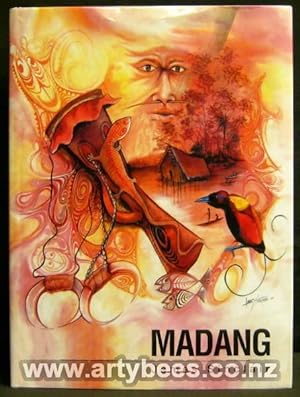divine word university press dwu madang png (1 results)
Product Type
- All Product Types
- Books (1)
- Magazines & Periodicals
- Comics
- Sheet Music
- Art, Prints & Posters
- Photographs
- Maps
-
Manuscripts &
Paper Collectibles
Condition
- All Conditions
- New
- Used
Binding
- All Bindings
- Hardcover
- Softcover
Collectible Attributes
- First Edition
- Signed
- Dust Jacket
- Seller-Supplied Images
- Not Printed On Demand
Seller Location
Seller Rating
-
Madang
Published by Divine Word University Press (DWU), Madang, PNG, 2006
ISBN 10: 9980997680ISBN 13: 9789980997685
Seller: Arty Bees Books, Wellington, New Zealand
Book First Edition
Glossy Hard Cover. Condition: Good. Dust Jacket Condition: Good. First Edition. This book has obviously been dropped. The external rear spine has partially split (now repaired) and the rear e/p has been replaced. The book is now in good tight condition and the contents are clean. Previous owner's name on front e/p. 450pp. The dust jacket is in tidy condition. There is evidence of a squashed insect on inside rear of jacket and minor stain on rear board. This book is in good tidy condition. It is heavy so please check postage with bookseller. This book tells the story of Madang and Madang province, from pre-European times to the arrival of the first European settler, Nikolai Nikalaevich Mikloucho-Maclay, in September 1871. In covers the period of German rule of New Guinea, from the days of the famous Neuguinea Compagnie through the latter year of Imperial Government rule to the outbreak of the Great War, and the assumption of Australian control. It outlines the developments of the between-war years of the Mandated Territory Administration to the events of the Pacific War, and the resumption of civil administration in 1946. A major part of the book covers the Madang story from that year to Independence, and carries on to outline the major happenings of the post-Independence years, to the 2002 General Elections. The author and acknowledges the whole-hearted support of the Madang community, nationals and expatriates, in the researching and writing of the Madang story.


